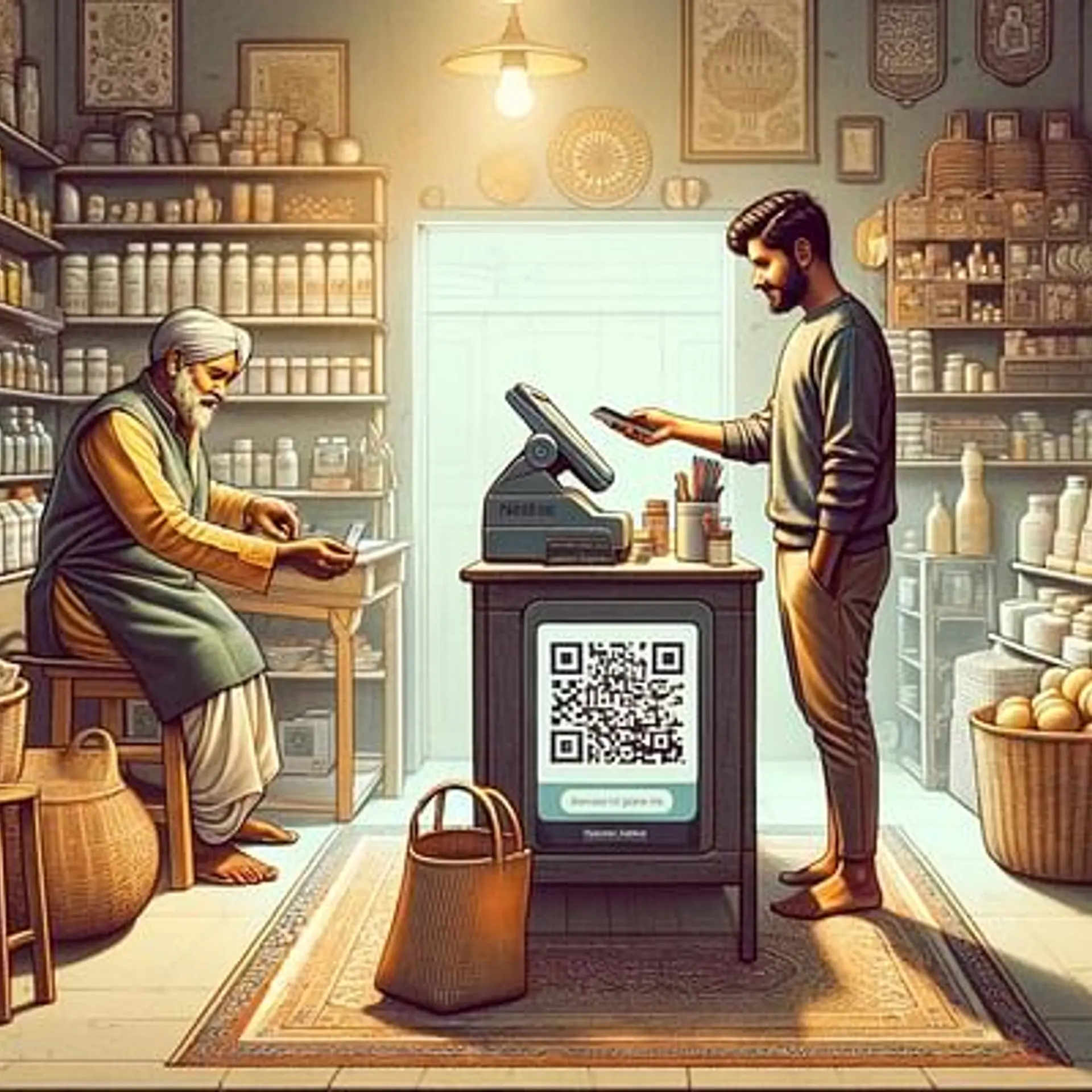Necessity is the Government
“Necessity is the mother of Invention.”
Many of us are familiar with this quote. Basically it describes how innovations we see today aimed to solve a problem or need of before. We admire the resourcefulness of the entrepreneur — the creative problem-solver — who is able to identify such a need and provide a solution for it. Cherian Joseph over at Acumen’s blog discusses the idea of Jugaad, or frugal innovation. In Jugaad, the invention occurs despite limited resources, expertise or institutional support. Instead it is borne from “every housewife, street hawker, farmer, transporter or trader. Here innovation is led by creativity, common sense and, more importantly, the need to survive.”
Joseph’s article highlights the darker side of this dynamic as well. He recognizes that these inventions represent a desire to circumvent existing systems because these systems often are broken, remain unfixed and “the painful ordeal of battling government bureaucracy” has proven too much to bear. In this way, the failures of government have become the necessity within which everyday Indians must innovate. Unlike in developed economies where innovation is something that is seen as a way to add value to someone’s bottom line, in Jugaad it is the desire to survive that drives this ingenuity. The inventions are often amazing:
Jugaad is seen in every aspect of life here. Last week, I was chugging along a dusty road complaining about the humid heat in Mumbai, when I observed a little girl on her way to school. She was maybe nine or ten years old, and in addition to carrying her younger brother on the back seat of her bicycle, she was balancing brutally heavy school bags and lunch boxes while simultaneously battling rickshaw drivers and pedestrians on the street. The girl had constructed a secure but easily detachable belt to the backseat to hold her brother, in addition to a small adjustable ‘rear view’ mirror to keep an eye on the child. On one hand, it is painful to see a little girl burdened with such responsibilities. But on the other hand, it is refreshing to see how cleverly she had managed to use scare resources to meet that responsibility with a smiling face. If necessity is the mother of invention, then India must be the mother of necessity.
But solutions like the one designed by this child only highlight that the larger issues remain woefully unaddressed. Where is the affordable public transportation to and from school? What sort of support can we provide these children to ensure their commute is safe? These are the most basic of needs, needs that should not be left to the creativity of a few but instead addressed en masse by the state.
In an piece in McSweeney’s, Stephany Aulenback humorously develops a narrative around this idea. She starts her piece by saying “Necessity is the mother of Invention, and, as everybody knows, a skinny woman named Poverty is the mother of Necessity.” These words ring true here, except that instead of Poverty being the grandparent, I argue that it is the failure of Government who has given birth to Necessity.






